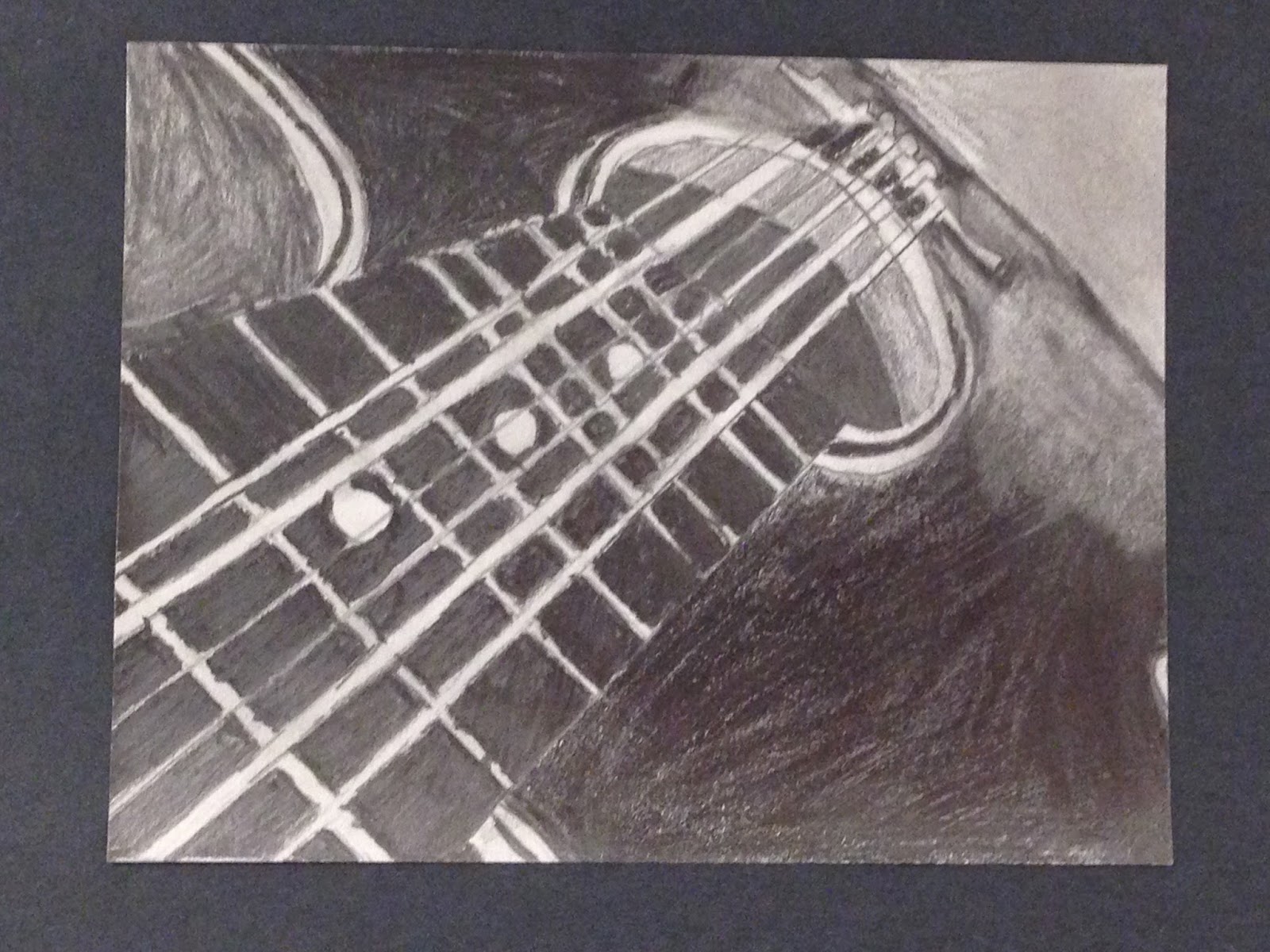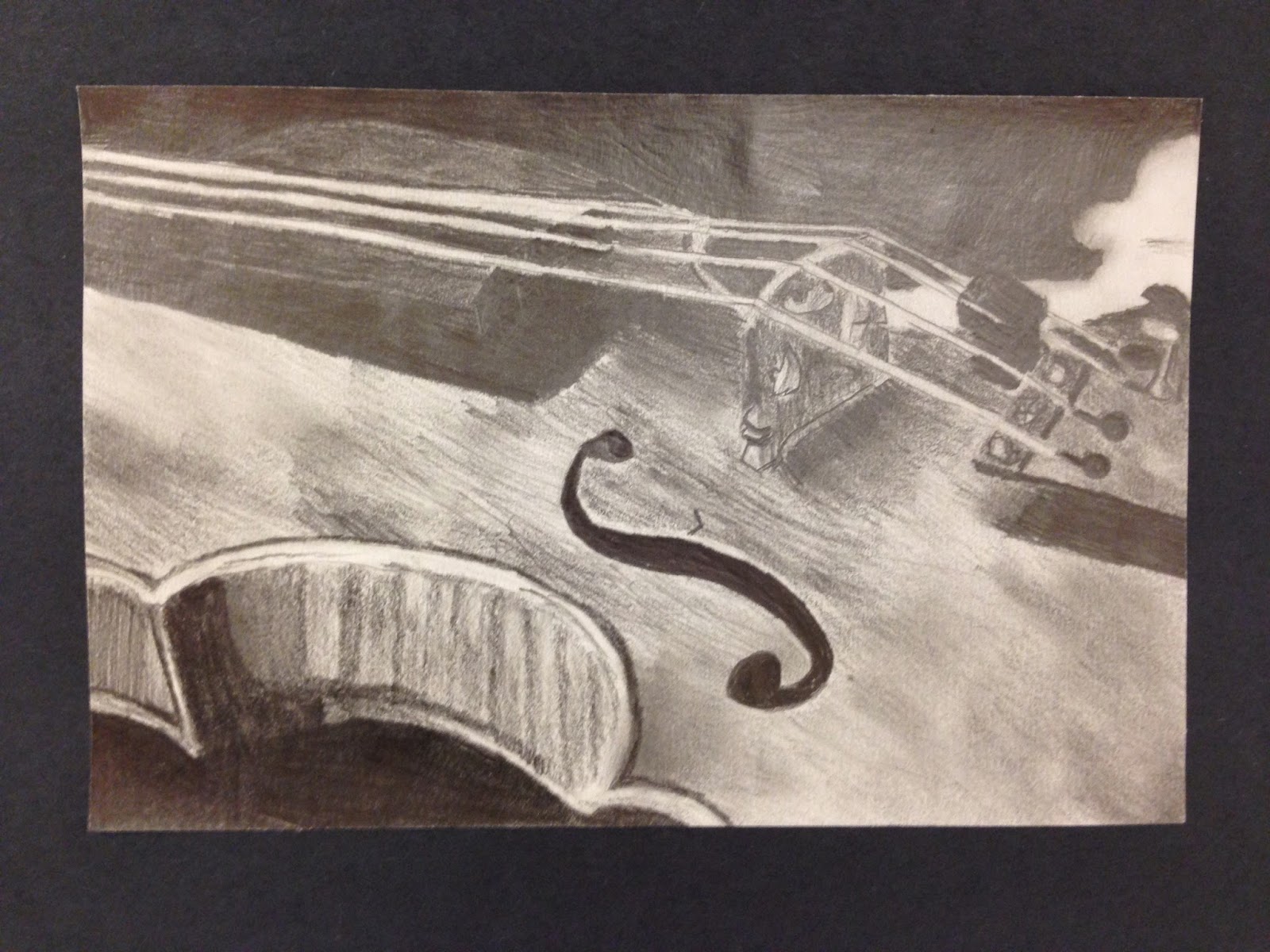I begin talking to my students about how our brains function, and the duties of the left and right hemispheres. The left brain is vitally important in our day-to-day function however when it comes to rendering (drawing what you see), it really is more of a hindrance than an asset.
The left hemisphere is our logical, sequential side of our brain. It functions linearly, it memorizes, it sorts, it has order. Our right brain is our creative side. It lives in the moment. It is spontaneous, free, expressive. I call it the "fun" side of our brain but that's just me. I like to have fun.
All of us (unless somehow impaired) have the function of both the left and the right brain, but for most individuals, one side seems to be more dominant than the other. There are uber gifted individuals who are strong in both hemispheres. Spontaneous order, how awesome would that be?
As a child we were taught how to draw certain things: a tree, a sun, a house, an eye. These images get stored in our left brain, much like a computer hard drive. One of our left brain's function is storing information. These images act like clip art.
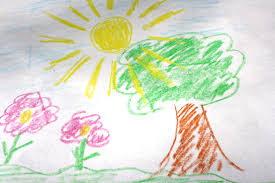

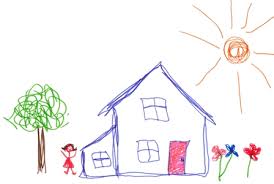

The left brain can be very dominant. It is nurtured more than our right through the natural activities of our day. At this point in my "You Can Learn to Draw" lesson I draw an illustration of a stick man with bulging muscles (left brain) and a meek, more weaker stick man (right brain). Notice how they are both smiling, that's because they are both happy.
Because of it's dominance, the left brain seems to want to do everything. So, when you sit down to try to draw something you are looking at, the left brain seems to take over. The more passive right brain allows this to occur. Since the left brain functions by things it has "learned" it will rely on information that is stored rather than what it sees. This is where the conflict happens. So, the task at hand is to quiet the left brain while we are doing right brain stuff, so the right brain can do what it does best, without having the left brain interfere. When it comes to rendering, we definitely want the right brain doing the work.

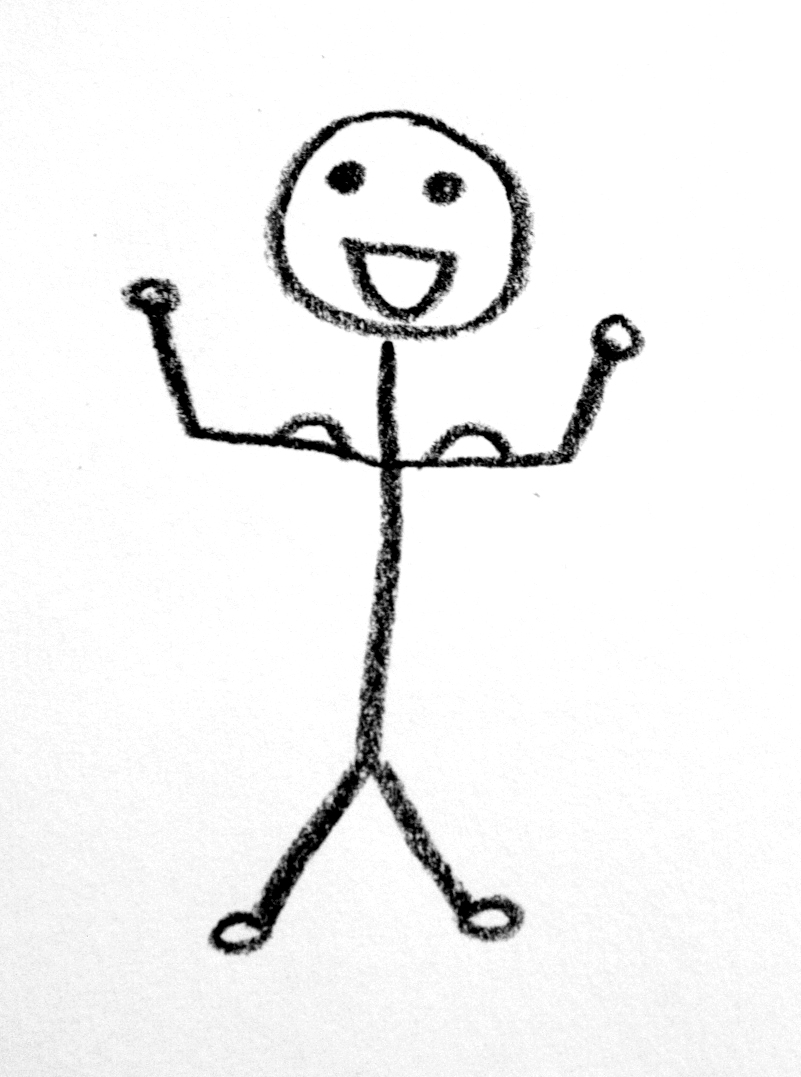
I know this is all a bit of a tease, but our 7th grade students just spent the last few weeks working on rendering. They learned to let the right brain draw, and they quieted their left brain so the right brain could do what it does best. Just look at the results! Please note: most of the examples are done by students who believed they couldn't draw. Pretty exciting isn't it?

